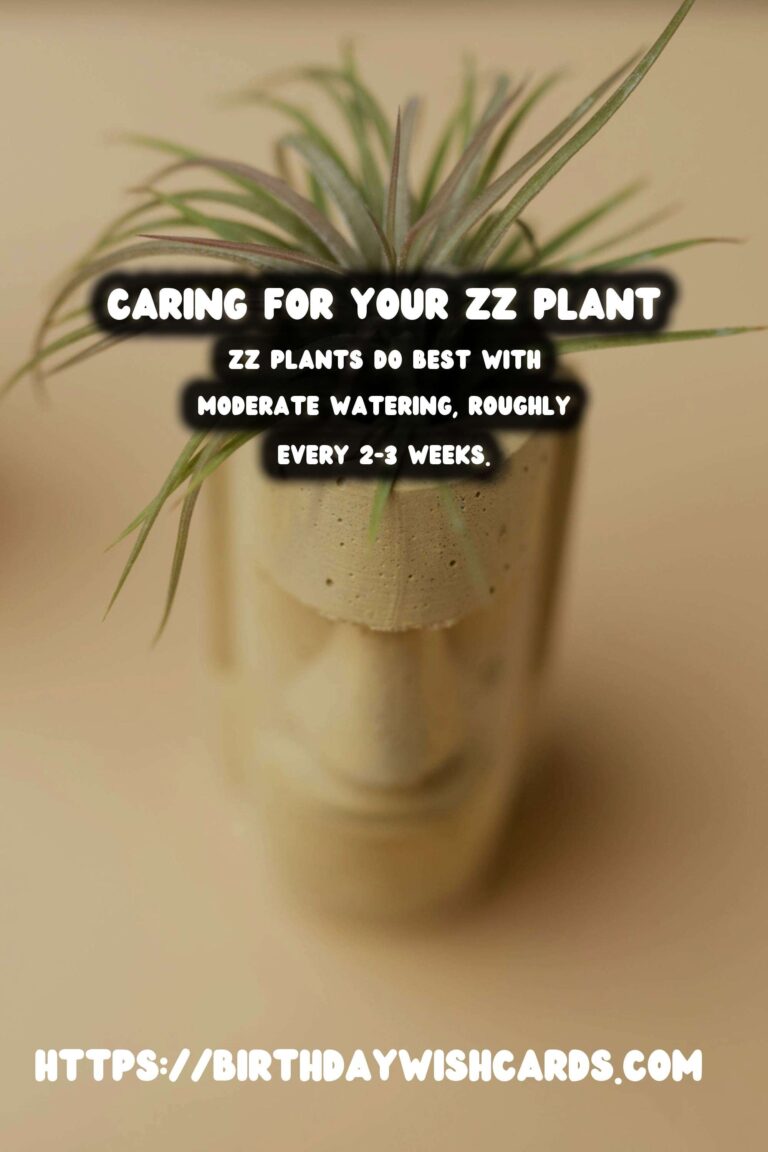
ZZ plants, scientifically known as Zamioculcas zamiifolia, are popular houseplants due to their ease of care and ability to thrive in a variety of indoor conditions. However, there are numerous myths surrounding the watering of ZZ plants that can lead to confusion among plant enthusiasts. In this article, we will debunk these myths and provide you with accurate information to help you care for your ZZ plant effectively.
Understanding the ZZ Plant’s Natural Habitat
Before diving into the myths, it’s crucial to understand the natural habitat of ZZ plants. Native to Eastern Africa, ZZ plants are accustomed to surviving in conditions where water is scarce. They have adapted to store water in their rhizomes, allowing them to endure periods of drought.
Myth 1: ZZ Plants Don’t Need Water
One common myth is that ZZ plants require little to no water. While it’s true that they are drought-tolerant, they still require water to thrive. It’s important to water your ZZ plant when the top inch of soil feels dry to the touch. Overwatering can lead to root rot, so it’s essential to let the soil dry out between waterings.
Myth 2: ZZ Plants Need Frequent Watering
On the opposite end of the spectrum, some people believe that ZZ plants need frequent watering. This misconception can be detrimental as it may lead to waterlogged soil and root rot. ZZ plants do best with moderate watering, roughly every 2-3 weeks, depending on the humidity and temperature of your home.
Myth 3: Misting ZZ Plants is Beneficial
Another myth is that misting ZZ plants helps improve their health. While misting can temporarily increase humidity, ZZ plants are not particularly sensitive to humidity levels. Instead, focus on ensuring proper soil moisture and avoid over-misting, which can lead to fungal issues.
Signs of Overwatering and Underwatering
To care for your ZZ plant, it’s essential to recognize the signs of overwatering and underwatering. Overwatered plants may exhibit yellowing leaves, while underwatered plants often have dry, crispy leaf tips. Adjust your watering schedule accordingly to maintain a healthy plant.
Tips for Proper Watering
For optimal care, use a pot with drainage holes to prevent water from accumulating at the bottom. Water your ZZ plant thoroughly, allowing excess water to drain away. It’s also beneficial to use room temperature water to avoid shocking the roots.
Conclusion
Understanding and debunking watering myths is crucial for the healthy growth of your ZZ plant. By providing the right amount of water and adhering to the plant’s natural requirements, you can ensure that your ZZ plant remains a beautiful and thriving addition to your home.
ZZ plants are native to Eastern Africa and have adapted to survive in conditions where water is scarce. While ZZ plants are drought-tolerant, they still require water to thrive. Overwatering can lead to root rot, so it’s essential to let the soil dry out between waterings. ZZ plants do best with moderate watering, roughly every 2-3 weeks. Misting ZZ plants is not particularly beneficial as they are not sensitive to humidity levels. Recognize signs of overwatering and underwatering to adjust your care routine accordingly. 

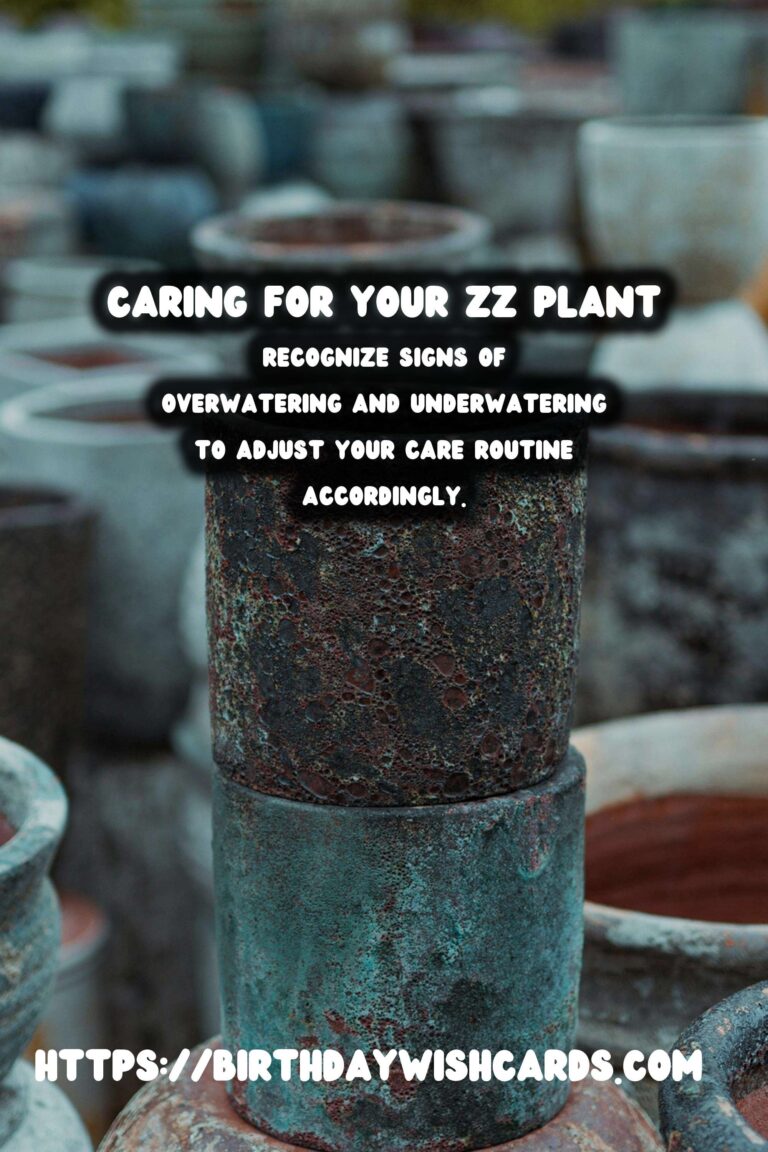
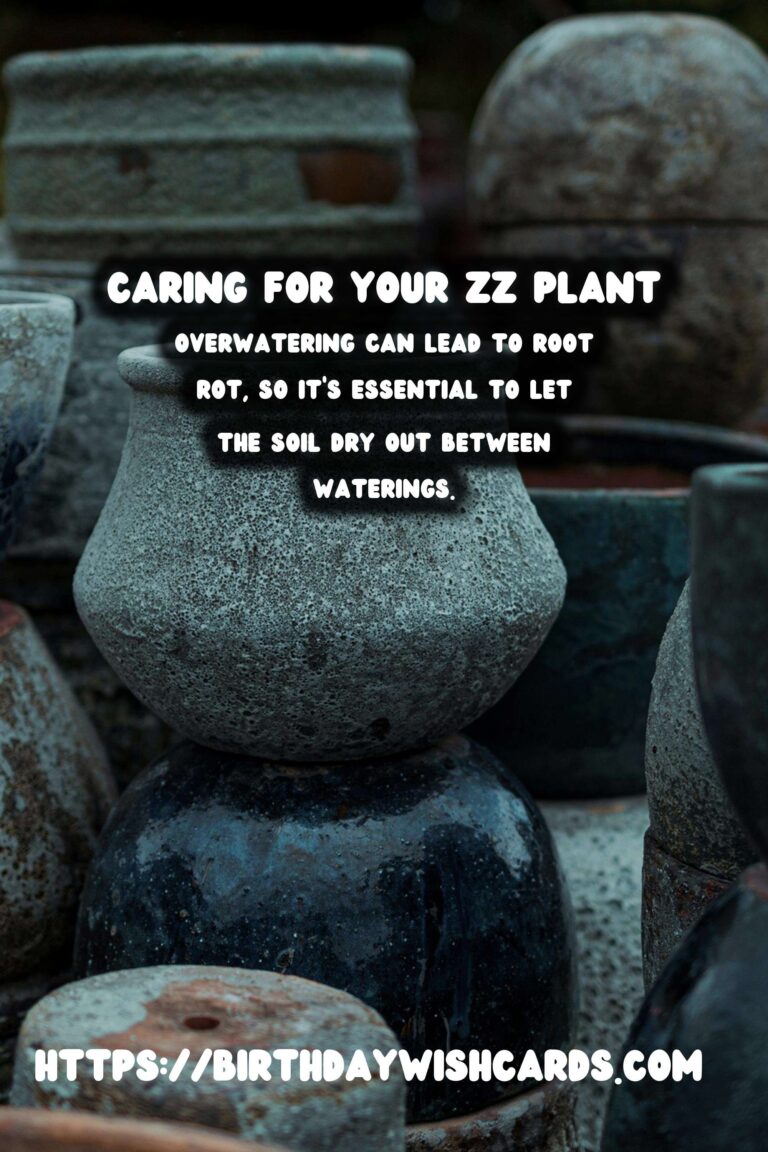



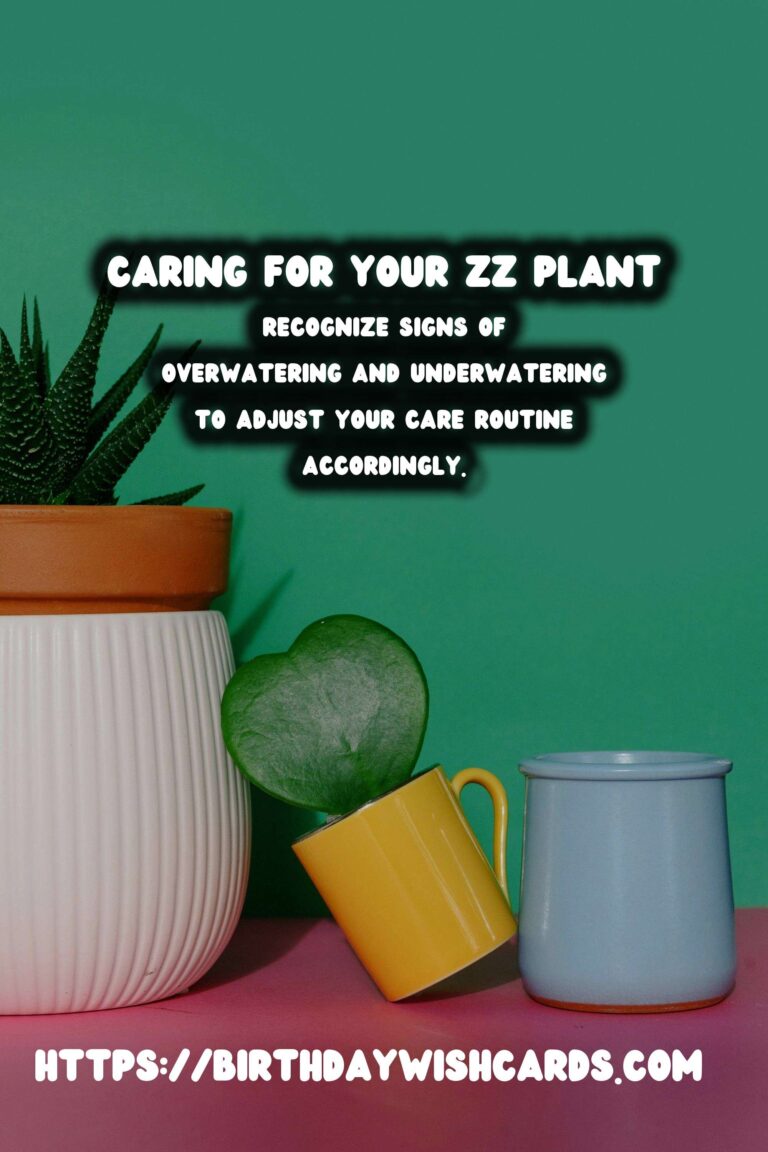
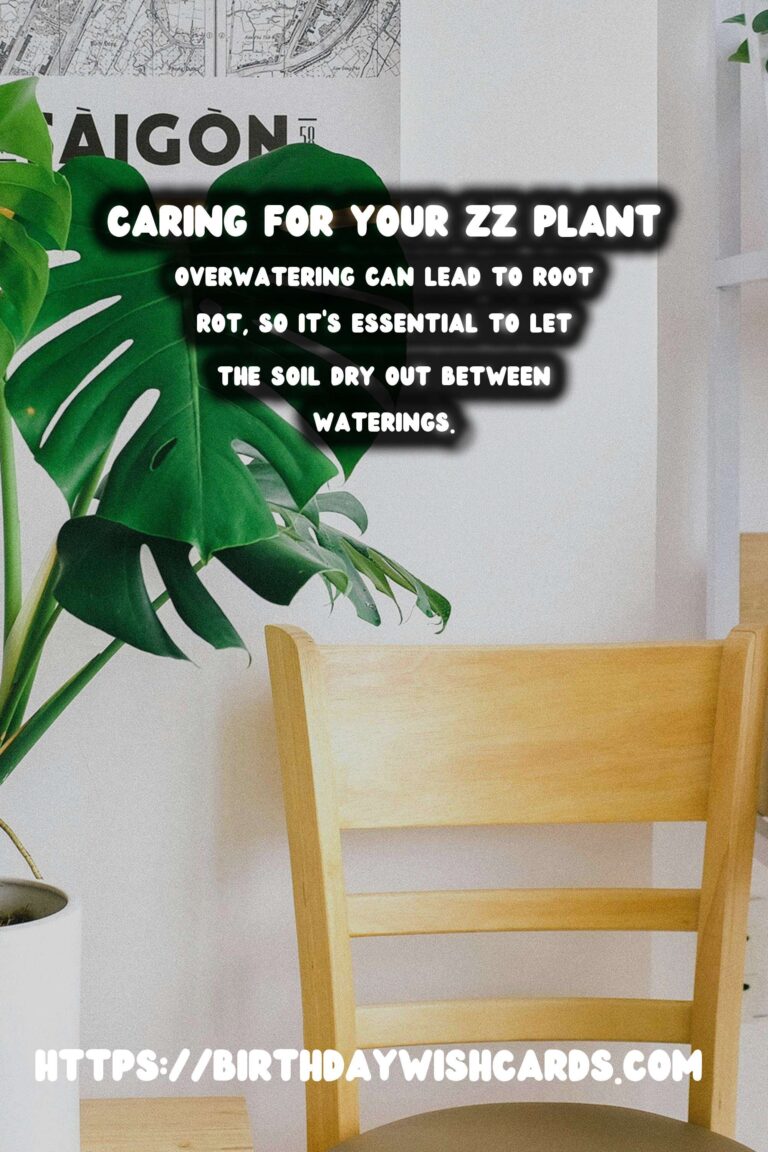
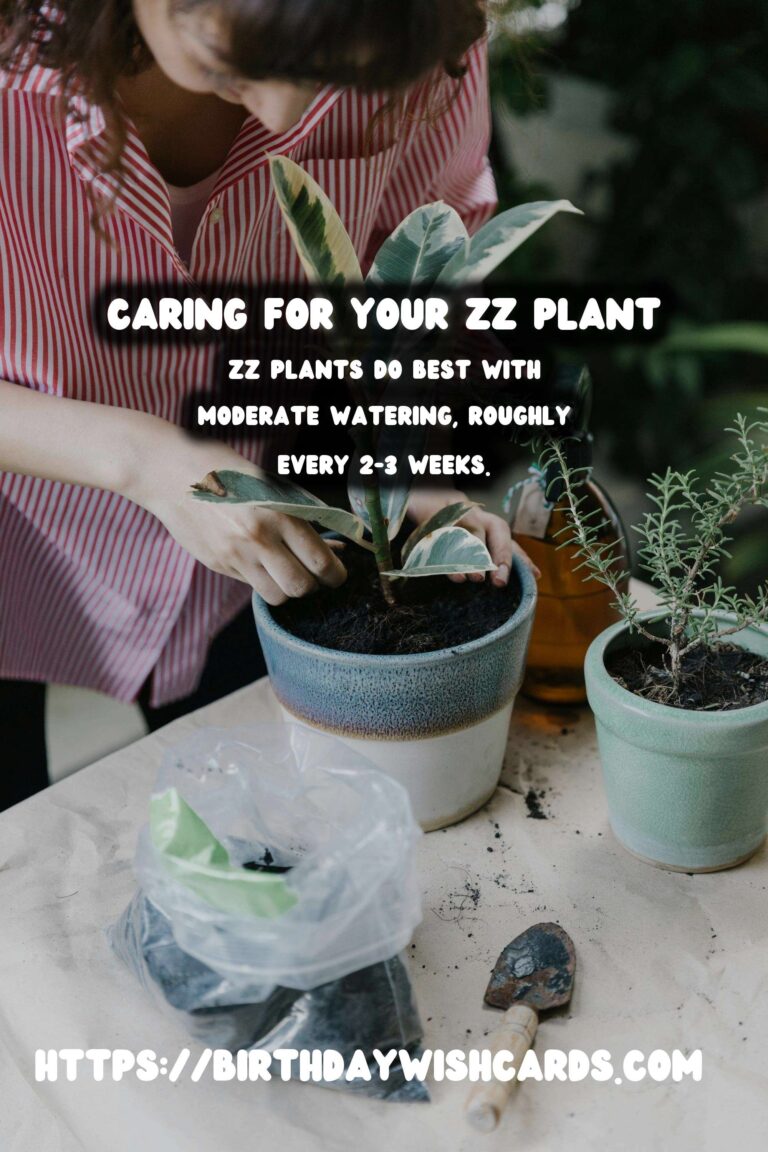
#ZZPlantCare #Houseplants #GardeningTips #WateringPlants #PlantMyths



